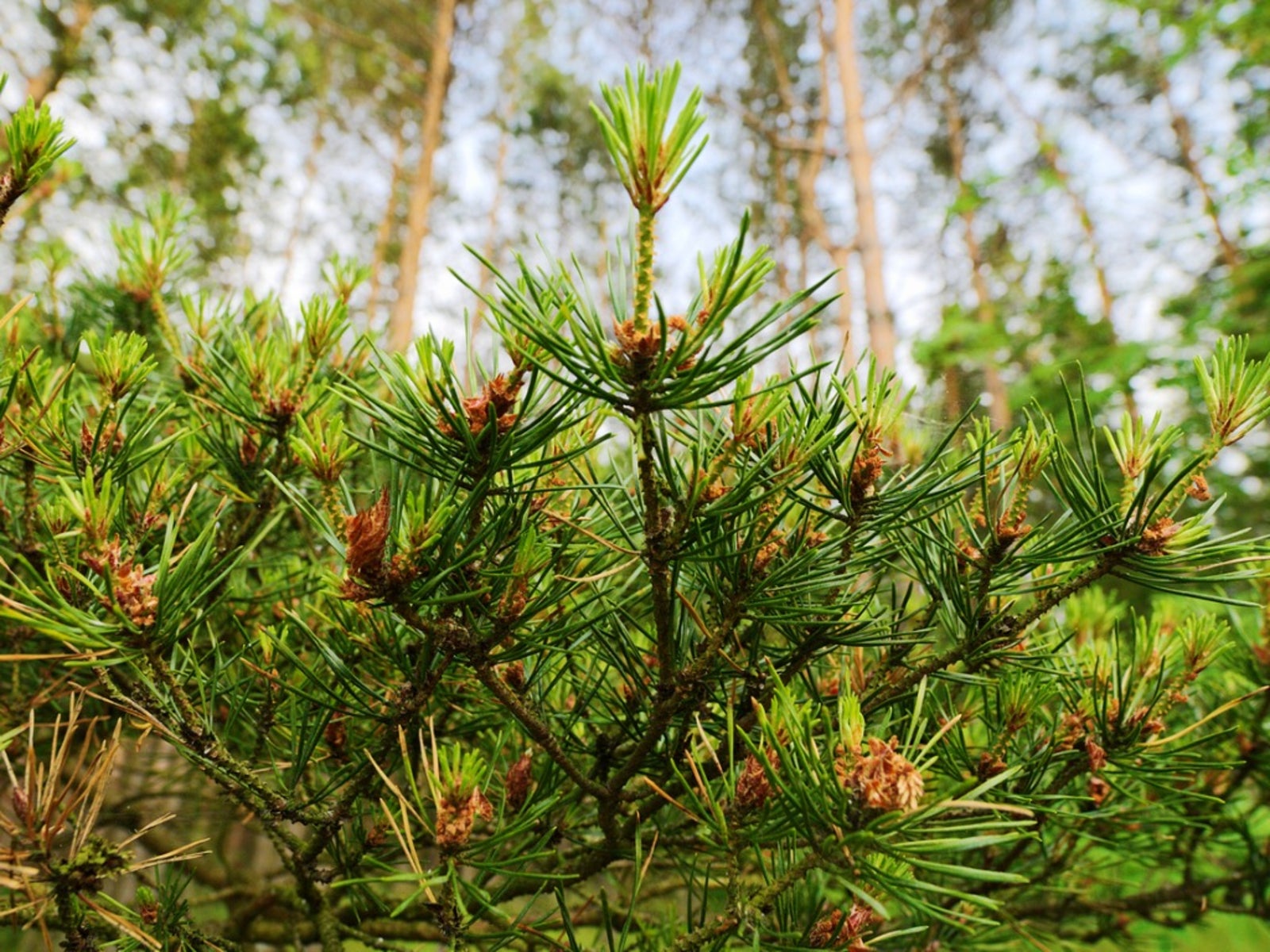Scotch Pine Information – Tips For Planting Scotch Pines In Landscapes


The mighty Scotch pine (Pinus sylvestris), also sometimes called the scots pine, is a rugged evergreen tree native to Europe. It grows across a large portion of North America, where it’s popular in site reclamation. It has an attractive and distinctive look, but it’s not always a good choice for the home landscape in some areas. Keep reading for more Scotch pine information, including tips for caring for a Scotch pine.
What is a Scotch Pine?
What is a Scotch pine? Scotch pine trees usually reach a height of 40 to 50 feet (12-15 m.) and a spread of 30 feet (9 m.). Their needles are blue-green in the summer and usually 1 to 2 inches (2.5-5 cm.) long. The needles will often change color in the winter, turning more of a yellow-green. The bark is orange and peels away from the trunk and branches in an attractive pattern.
Growing Scotch Pine Trees
Scotch pine trees are hardy in USDA zones 3a through 8a, an area that covers most of the U.S. and Canada. They are very durable and adaptable. They will tolerate alkaline soil up to a pH of 7.5 and will grow in most types of soil. They prefer moist, well-drained soil, however, and do best in full sun. Since they’re so tough, Scotch pines are popular in spots that can’t support a lot of other life, and they’re especially good at reclaiming undesirable areas. Planting Scotch pines isn’t ideal everywhere, however, because the trees are very susceptible to pine wilt nematodes. It’s especially a problem in the Midwest, where trees will often grow normally for ten years, then become infected and die quickly. If you live outside the Midwest, it’s not likely to be a problem. Choosing the best scotch pines for gardens depends on how large of an area you have for its overall growth. There are, however, dwarf options available for those having little space but wish to enjoy these interesting pine trees. If grown in suitable conditions, caring for a Scotch pine tree in the home landscape requires little, if any, maintenance.
Sign up for the Gardening Know How newsletter today and receive a free copy of our e-book "How to Grow Delicious Tomatoes".

The only child of a horticulturist and an English teacher, Liz Baessler was destined to become a gardening editor. She has been with Gardening Know how since 2015, and a Senior Editor since 2020. She holds a BA in English from Brandeis University and an MA in English from the University of Geneva, Switzerland. After years of gardening in containers and community garden plots, she finally has a backyard of her own, which she is systematically filling with vegetables and flowers.